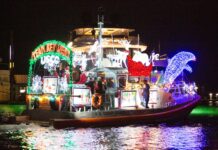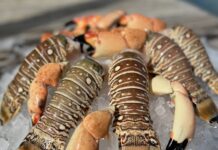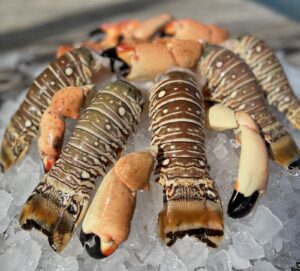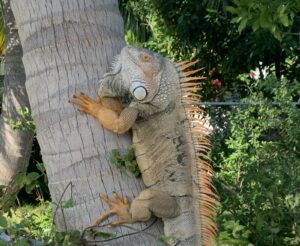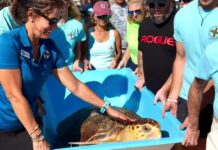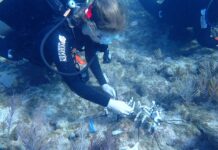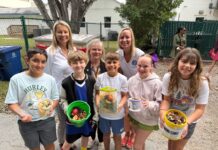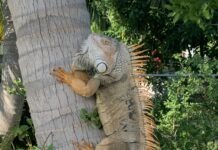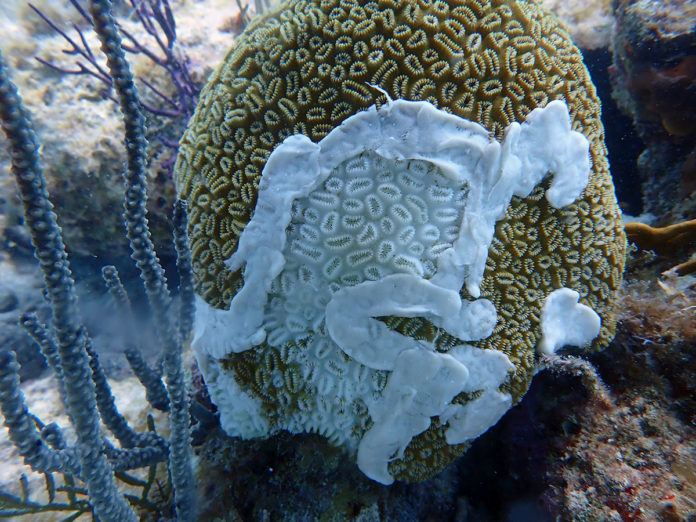
Stony coral tissue loss disease (SCTLD) — an infectious, water-borne coral disease that has devastated Florida’s Coral Reef and others around the world — has been found in Dry Tortugas National Park. The park’s coral response team has begun treatment and still holds hope for the future of these endangered species.
SCTLD started near Miami in late 2014. It moves rapidly, affecting hard coral species and decimating entire reefs in a matter of weeks or months. By 2016, the disease had spread north to Palm Beach County and south to Lower Matecumbe. In May 2018, reports of disease events had reached the Lower Keys, and it became clear that this was an “unprecedented” disease outbreak, both in its broad geographic range, as well as its extended duration, high rates of mortality and number of coral species affected.
Scientists weren’t initially sure about what caused the disease. They now hypothesize that bacteria likely plays a role, because antibiotic treatments have proven effective. In August 2018, the “mystery killer” was finally given a name. It continued to spread south to Key West and the Marquesas. It was observed off Rebecca Shoal Channel in August 2020, and the Dry Tortugas were the only section of reef in the Keys that remained unaffected. With discovery of the disease at the national park, SCTLD has now been confirmed throughout the entirety of Florida’s Coral Reef and sections of the Caribbean.
“We knew it was inevitable, that it was just a matter of time,” said Florida Sea Grant agent Shelly Krueger. “There’s still a sense of heaviness because the Dry Tortugas are so far removed from land-based activities. You think about this area as pristine, but we’re all connected by the water, and this connectivity is why we knew it was basically inescapable.” Krueger’s agency collaborates with state, local and university partners in the disease response.
The coral response team first observed SCTLD on 11 coral colonies within the park on May 29 during a routine disease survey. A May 6 survey of that same location had shown no evidence of the disease. Several highly susceptible corals in the same area still appear to be healthy, and the park service estimates that only 3% of susceptible colonies in the area are affected.
The disease appears “concentrated” in one area of the park 2.5 miles east of Fort Jefferson.
“Until now, Dry Tortugas National Park was the only remaining section of Florida’s Coral Reef to not show signs of the disease,” said Pedro Ramos, superintendent of Everglades and Dry Tortugas national parks. “Finding it early is significant, because without treatment, the disease has the potential to destroy the park’s underwater gardens, as affected corals have a nearly 100% mortality rate.”
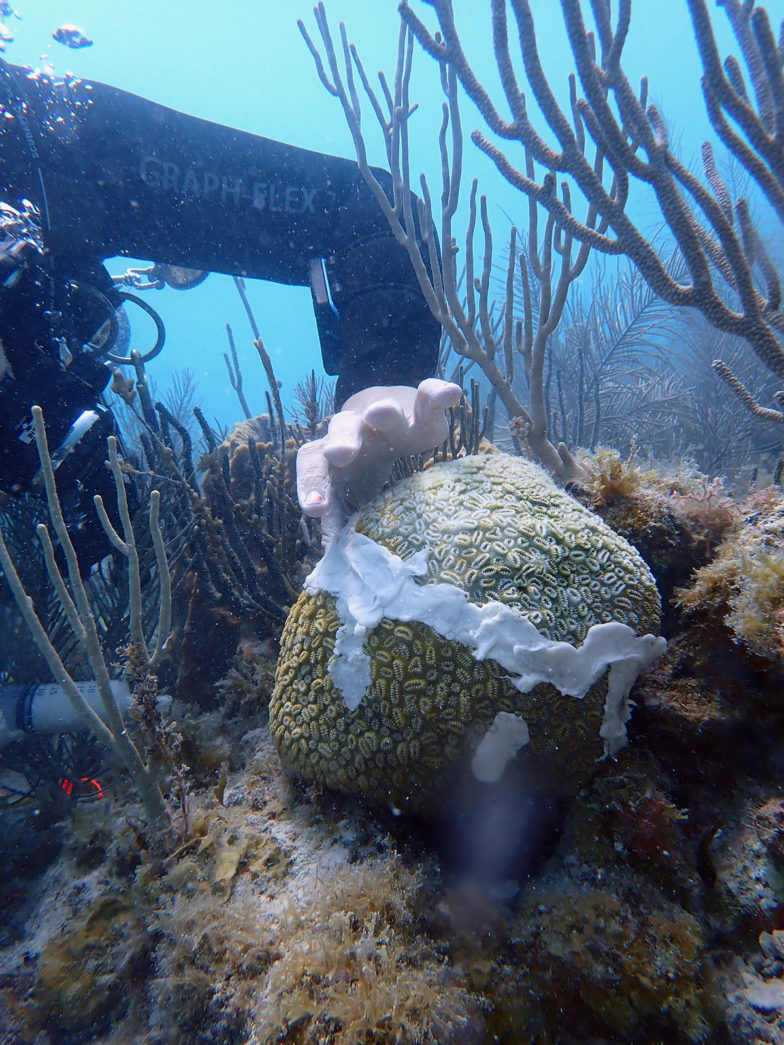
SCTLD manifests as white patches where the disease has consumed live coral tissue, exposing bright white coral skeleton. While only “stony corals” are affected, these species of coral are critical to Florida’s Coral Reef and underpin its structure and health. Near Fort Lauderdale, an iconic and gigantic coral head lovingly known as “Big Mama” had survived for more than 300 years; it succumbed to SCTLD in just four months.
Rachel Johns, coral biologist and lead of the Coral Response Team, told the Weekly, “When we found the first colony (in the Dry Tortugas) with SCTLD, the stark, white lesions of disease, which expose patches of the coral animal’s bare skeleton, seemed to glare back at us. SCTLD is distressing to observe, so I felt motivated to do everything possible for that colony, and I was thankful that our coral response team was entirely prepared for that moment.”
The Dry Tortugas has the largest and most active coral response team of any organization throughout the Keys, Johns said. Her team trained in SCTLD intervention methods and has been actively surveying the park for disease since September 2020.
“To say we were ready is an understatement. If there was ever an opportunity to beat SCTLD, it’s now,” Johns said.
Johns and her team treated infected corals with the most effective treatment available: an antibiotic paste using amoxicillin. This slows the spread of the disease and increases coral survival. The team will focus treatment efforts on “high priority” corals, including threatened species, large and reproductive corals, and areas with high coral cover and biodiversity. The team will also increase reconnaissance surveys to confirm where and how severe any outbreaks are within the park.
“Besides continuing disease reconnaissance and treatments, our coral response team along with our state and federal partners are committed to monitoring Dry Tortugas reefs through the course of SCTLD and beyond, documenting and studying any changes we find along the way,” Johns said.
Johns and Krueger both anticipate a shift from disease response to large-scale reef restoration in the coming years, especially with NOAA’s Mission: Iconic Reefs efforts well underway.
“Personally, I have hope because of the incredible team of individuals I work alongside. There are intelligent, caring people both inside and outside the NPS who are committed to ecological stewardship and service,” Johns said. “So long as they exist, the corals have hope.”
